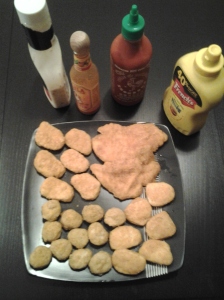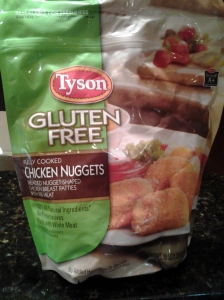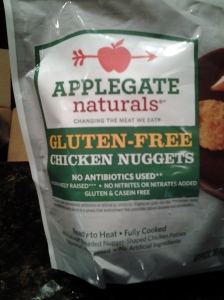Oats do contain their own form of gluten, knows as avenin. However, a definitive study has been done to show that oats and the avenin they contain do not cause problems in most adults with celiac disease.
So they are safe to eat in a gluten-free diet, provided that they are processed with machinery that is not also used to process wheat– this can cause cross-contamination. And this information can usually be found on the product packaging.
Now, then, oats still contain phytic acid, which is present in the hull or outer portions of most seeds, nuts and grains. When phytic acid is ingested, it can cause lots of problems in the digestive tract; this is because its chemical structure hits us with a one-two punch: it attracts and binds up valuable minerals like calcium, iron, magnesium, phosphorous, and zinc; it also inhibits the function of digestive enzymes like amylase, pepsin, and trypsin. Diets high in phytic acid, as a result, can cause mineral deficiencies.
While humans do produce phytase, the enzyme which breaks down phytic acid, we do not produce it in enough quantity to avoid digestive unpleasantries.
Fortunately, phytase is also present alongside the phytic acid in these same foods, but it must be activated by being soaked in an acidic environment.
BUT– phytase is fragile, is easily destroyed by heat or freezing, and even the simple processing to turn oats into oatmeal is enough to render it inert.
AND– phytase is not present in a high enough contentration even within raw oats to render all the phytic acid inert by soaking or cooking.
So should you stop eating oatmeal? Probably.
But then why bother saying that it’s OK to eat oats?
There is a solution: Lactobacilli. Or, in layman’s terms: Yogurt Bacteria. Lactobacilli produce phytase in quantities enough to neutralize the phytic acid in oats. So, by simply soaking your oats overnight in probiotic (still alive, not pasteurized) yogurt, you can let your bacterial friends do the hard work for you, and then you have delicious Muesli to eat in the morning.
Excellent article on phytic acid and phytase at the Weston A Price foundation
 Gall Bladder Survival Guide (Kindle)
Gall Bladder Survival Guide (Kindle) Guía de Supervivencia de la Vesícula Bilial (Kindle, en Español)
Guía de Supervivencia de la Vesícula Bilial (Kindle, en Español)


